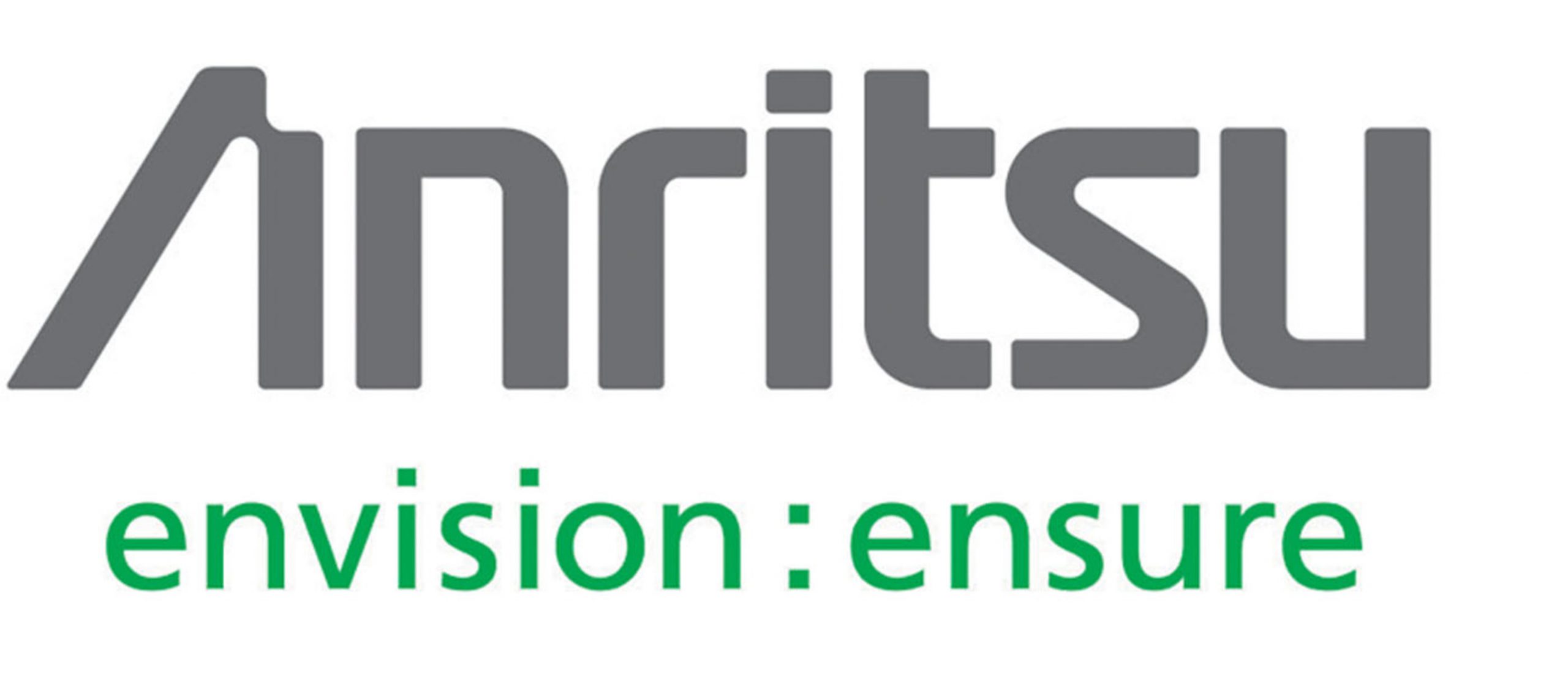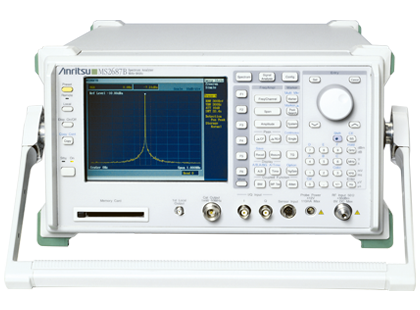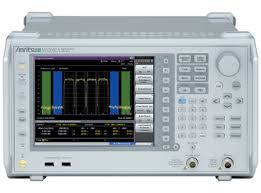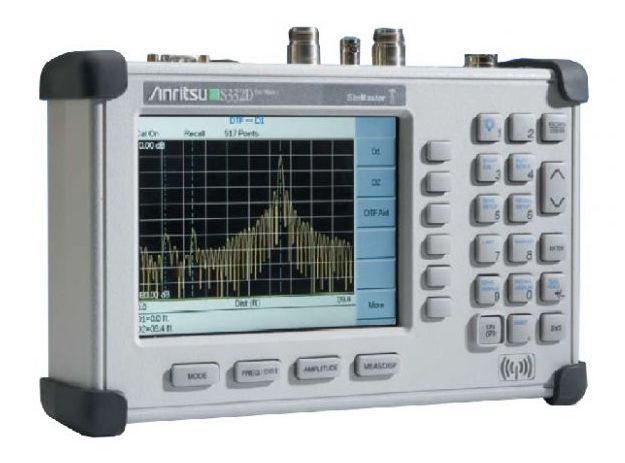
Back to selection

Supplier
Anritsu
Anritsu, Corp.
5-1-1 Onna Atsugi-shi
Kanagawa 243-8555
Japan
Anritsu Corporation is a leading manufacturer of radiofrequency (RF) test equipment and communications devices. The company is headquartered in Kanagawa, Japan and its history dates back to 1895. The company created the world’s first wireless telephone, paving the road for the modern smart phone. Anritsu is a trusted brand that develops all of kinds of test & measurement equipment, including a variety of analyzers, meters, cables, adapters, and sensors.
Anritsu Corporation has four Divisions:
- Test & Measurement,
- Information & Communications,
- Industrial Automation,
- Other Businesses.
The Test and Measurement division, which is accounting for the majority of Anritsu’s sales, supports the full range of digital, cable, optical, RF/microwave and related transmission systems.
Anritsu’s Information and Communications division delivers video distribution and monitoring and related systems, primarily for the Japanese government and municipal customers.
The Industrial Automation division produces automatic weighing systems for industrial applications.
The company’s Other Businesses division produces devices and precision measuring equipment, as well as overseeing the company’s logistics, property, employee welfare and related needs.
With roots tracing back to 1895 and the founding of Japan’s communications industry, the company is listed on the Tokyo Stock Exchange and operates manufacturing and marketing subsidiaries in the United States, England and the rest of Europe, South America, China and throughout South-East Asia.
Company History
In Japan, Anritsu’s first predecessor, Sekisan-sha, was founded in 1895. Annaka Electric Company followed, producing wireless transmitters and the world’s first wireless telephone service and Japan’s first automatic public telephone.
Anritsu Electric Corporation was created after the merger of two companies, the Annaka Corporation and Kyoritsu Electric in Japan in 1931. The enlarged company then turned its attention to developing transmission systems for emerging television technology. By 1922, Anritsu succeeded in building its first television broadcast transmitter. Meanwhile, the company also expanded its telephone systems expertise, launching the first automatic public telephone in 1939.
While Anritsu continued developing telephone systems, including a new public telephone system equipped with a credit-based billing system launched in 1953, the company expanded its testing and measuring operations. This effort gained speed with the construction of a new production facility in Atsugi city in 1961.
The following year, Anritsu entered the industrial automation sector with the release of its first electronic micrometer. The company also began producing automatic weighing systems starting in 1964. In another extension of its technology, Anritsu began manufacturing traffic control systems based on its own hybrid IC technology.
The Company went public in 1968, listing on the Tokyo Stock Exchange. The listing enabled the company to expand beyond Japan for the first time, and in 1970 it began exporting its public telephones to Australia.
Testing and Measuring also remained a vital company focus. In the late 1970’s, Anritsu had taken a lead in developing optical technologies, while continuing to develop its wireless transmission capacity. In 1977, the company launched an ultra-high-speed error detector, capable of transmitting at speeds up to two gigabytes per second. In that year, also, Anritsu launched the first of its measuring systems for optical instruments. Two years later, an order from the AT&T for measuring systems for microwave circuits brought Anritsu to the United States and put it on the map in the world test and measurement market. The following year, Anritsu entered Europe as well, setting up its first subsidiary there, in Luton, England.
In order to reflect its growth as an international company, Anritsu changed its name to Anritsu Corp. in 1985. Meanwhile, Anritsu remained a leading innovator in its field. In 1986, for example, the company debuted a pulse pattern generator for fiber optics-based communications networks.
In 1990, Anritsu Corp. acquired electronics manufacturer Wiltron Company in the US. The addition of Wiltron, which was especially strong in the midrange-frequency sector, Anritsu positioned itself early on to capture a central position in both its domestic market and in the United States.
Through the 1990’s, Anritsu targeted the mobile communications market, particularly the test and measuring sector supporting the roll-out of cellular telephone and related technologies. In 1993, for example, Anritsu supported the emergence of digital mobile communications networks with a launch of a range of new generation measurement systems. The following year, the company launched a new ultra-high-speed error detector capable of operating in the 12.5GHz range.
In the late 1990’s, Anritsu stepped up its drive toward building a truly global business. In Europe, the company opened a new European Measurement division in the UK in order to develop and manufacture test and measurement systems specifically for the European market. That operation launched production in 1997. The same year, Anritsu’s US subsidiaries were integrated into the larger structure of Anritsu Corp. The company also entered such key markets as China, Korea, India, Singapore, Taiwan, and Brazil. By the end of the decade, Anritsu was present in more than 50 countries worldwide, with sales topping 1 billion USD.
Back in Japan, Anritsu invested in its future growth, with special attention to extending its operations to include the production of components in addition to its full systems production. As part of this effort, Anritsu spent 30 million USD building a new laser diode facility in Panasawa, Japan. Anritsu also converted a facility that formerly produced electro-mechanical components into one specialized in producing components for optical, RF, and microwave transmission systems.
By 2002, components already accounted for more than 11% of Anritsu’s annual sales, a percentage held low only because of the group’s strong growth in its measurements business. In the early years of the 2000’s, Anritsu’s sales peaked at 1.3 billion USD. The ensuing worldwide collapse of the telecommunications market hit Anritsu hard, and sales dropped off accordingly, back to just ¥78 billion (742 million USD) in 2004. Nonetheless, Anritsu’s strong commitment to research and development had kept the company at the forefront of the industry. As the telecommunications market began to bounce back, with the advent of third-generation mobile telephone technology, Anritsu’s product development promised to keep it as a leading figure on the global scene.
Key Dates
1895: Sekisan-sha is founded.
1900: Annaka Electric Company is founded and develops the world’s first wireless telephone transmitter.
1908: Sekisan merges with Abe Electric Wire Co, forming Kyoritsu, and begins producing of telephones.
1931: Annaka and Kyoritsu merge to form Anritsu Corporation.
1950: Anritsu debuts a field strength meter as part of its entry into the testing and measurement sector.
1961: The Company opens a new factory in Atsugi and begins producing electronic micrometers.
1967: The Company goes public on the Tokyo Stock Exchange.
1970: Anritsu begins exporting telephones to Australia as a first step to entering the international market.
1979: The Company wins a large-scale order to produce measuring instruments for AT&T in the United States.
1980: Anritsu establishes a subsidiary in England in order to enter the European market.
1985: The Company changes its name to Anritsu Corp.
1990: US-based Company Wiltron is acquired.
1993: Anritsu launches measuring instruments for the mobile communications market.
1997: The Company opens a production facility in England to manufacture to European market specifications, enters China, India, Brazil and other countries and begins manufacturing components and constructs a new 30 million USD laser diode at its production facility in Japan.
2017: In collaboration with Teledyne LeCroy (Teledyne Technologies, Inc.), Anritsu introduced the most capable PCI Express 4.0 (PCIe Gen4) test solution, integrating the Anritsu Signal Quality Analyzer (SQA) MP1900A BERT with the LabMaster 10Zi-A oscilloscope and QPHY-PCIe4-Tx-Rx software from Teledyne LeCroy.
Resources
www.anritsu.com
www.wikipedia.org
www.company-histories.com
www.sky-brokers.com
www.teledyne.com


